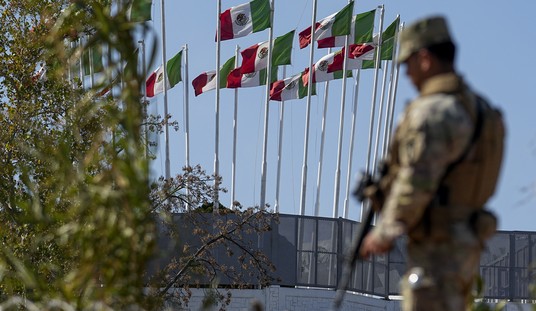After Paul Newman died on September 26, news broke that, although he contributed to environmental causes, he was also a secret supporter of something anathema to environmentalists: nuclear power. His interest began with filming of Fat Man and Little Boy—a 1989 movie about the Manhattan Project, where he met the nuclear power advocate who authored the book that served as the movie’s primary source—and continued with soirees on New York City’s Fifth Avenue and tours of nuclear facilities from coast to coast. In fact, when Robert F. Kennedy, Jr., tried to get Newman to oppose the Indian Point Nuclear Station, Newman refused and instead toured Indian Point and praised its “[clear] commitment to safety,” generation of electricity for a million New Yorkers, and zero greenhouse gases.
Newman’s clandestine cause was reported by William Tucker, whose writings, for 25 years, on the environment and energy have generated articles in publications, such as the Wall Street Journal and Harper’s, and three books. Tucker’s fourth book is Terrestrial Energy: How Nuclear Energy Will Lead the Green Revolution and End America's Energy Odyssey (Bartleby Press 2008). His timing is exquisite because a “nuclear renaissance” is underway—there are 440 active reactors worldwide in 30 countries (the USA has 104); 50 more countries have either started construction of reactors or announced they are going nuclear. In the USA, applications for 31 new reactor licenses have been or will be filed with the Nuclear Regulatory Commission. Nonetheless, the “renaissance” faces a major hurtle—opposition by environmental groups—as demonstrated by a battle now underway in federal court in Arizona.
The Monday following Paul Newman’s death, three environmental groups filed a lawsuit in federal district court in Phoenix demanding that the Secretary of the Interior be compelled to withdraw more than a million acres of federal land from uranium mining. The lawsuit follows the refusal of the Secretary to comply with a June 25, 2008, resolution by the U.S. House of Representatives’ Natural Resources Committee. The Secretary argues that the resolution failed to comport with congressional rules; legal experts say it is unconstitutional. Whatever the case, a federal judge could decide whether Arizona’s uranium deposits, which boast high-grade ore, a minute surface footprint, no water impacts, and a nearby milling facility in Blanding, Utah, will ever be used to fuel nuclear power in America.
Recommended
The resolution, which was adopted by a vote of 20-2 after Republicans walked out of the committee in protest and is under the auspices of Section 204(e) of the Federal Land Policy and Management Act (FLPMA), orders the Secretary to “immediately withdraw” 1,068,908 acres of federal land in Arizona “from all forms of location and entry under the United States mining laws . . . for a period not to exceed three years.” Resolution proponents argue that 1,100 uranium mining claims are within five miles of the Grand Canyon and past uranium mining operations had adverse environmental consequences.
Ranking Member of the House Committee Don Young (R-AK) and Ranking Member of the House Subcommittee on National Parks, Forest and Public Lands, Rob Bishop (R-UT), both oppose the resolution because of the resultant dependence on “foreign sources of uranium.” They also argue that the resolution “short circuits the Constitution, escapes review by both bodies of Congress and the American people, [and] is political grandstanding at its best on an unconstitutional resolution which will have no force of law.”
On the constitutional issue, Young and Bishop are right. In 1983, the U.S. Supreme Court ruled that a federal law authorizing a “one House legislative veto” of decisions by the Attorney General violated the Constitution’s bicameralism and presentment requirements. The Court held that Congress may exercise its legislative authority only “in accord with a single, finely wrought and exhaustively considered procedure.” Even so, if the Supreme Court must strike down the House resolution, the nuclear revolution will continue, if at all, without Arizona uranium!























Join the conversation as a VIP Member